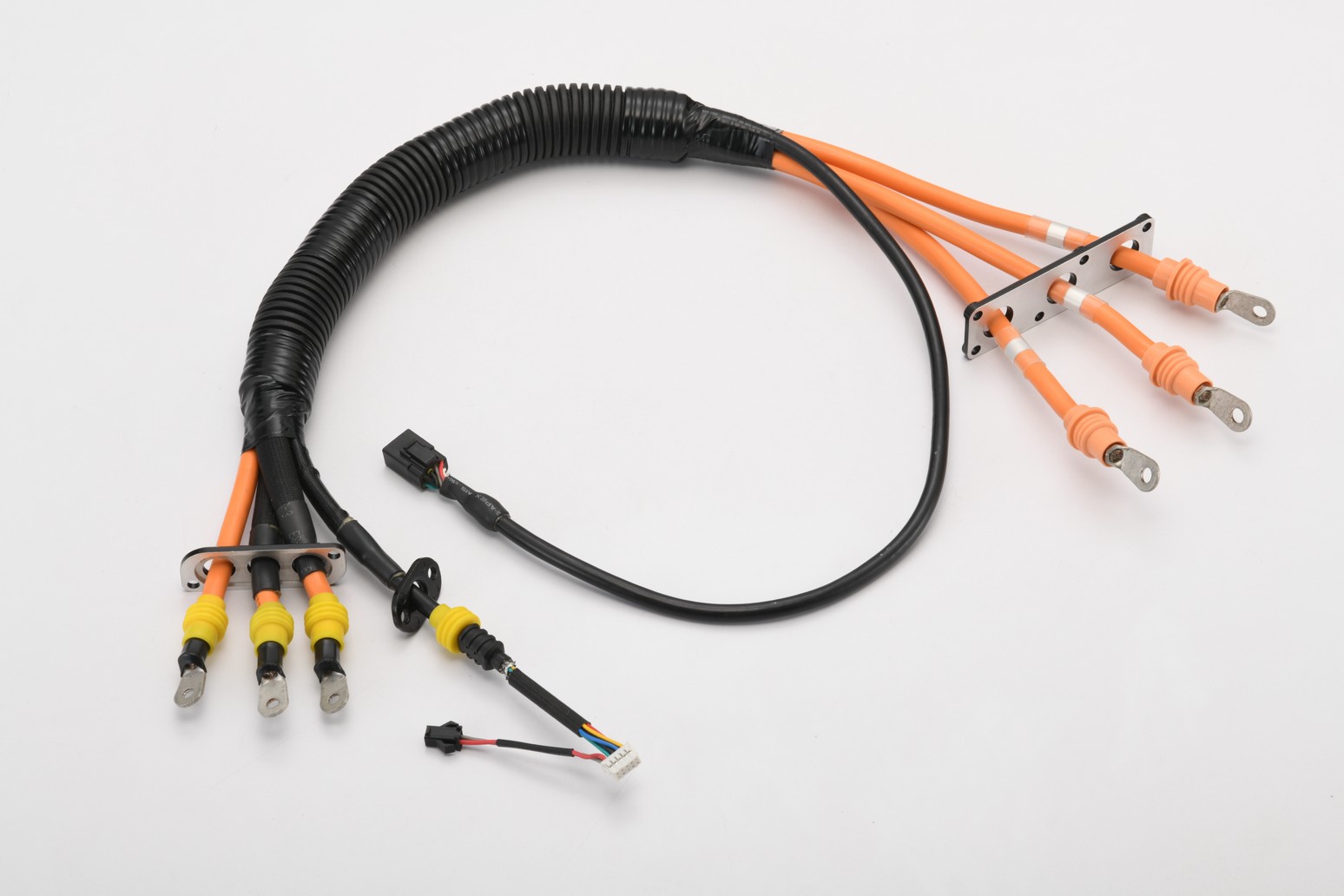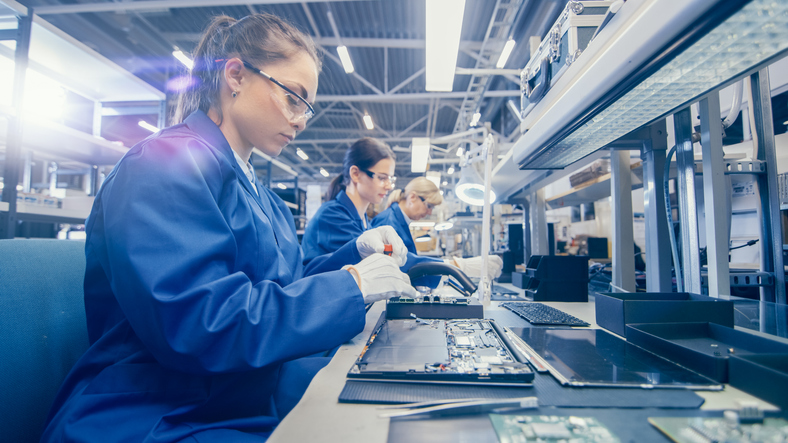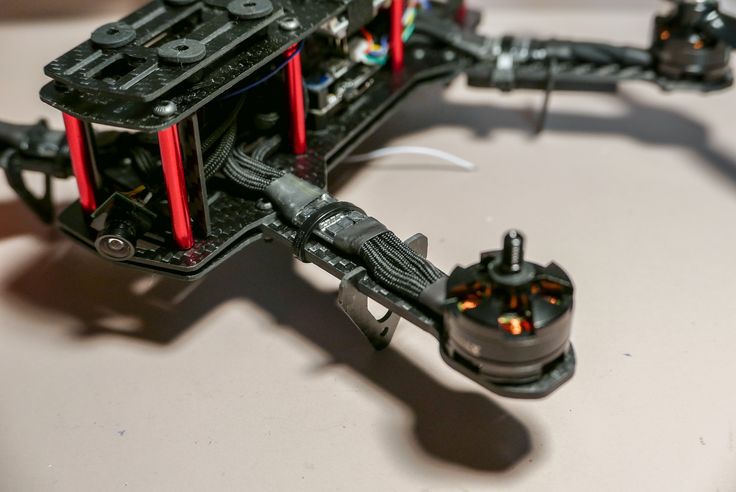Wire harnesses, often referred to as cable harnesses or wiring assemblies, are critical components in virtually every industry that relies on electrical systems. From automobiles and aerospace to consumer electronics and industrial machinery, wire harnesses serve as the central nervous system, ensuring seamless connectivity and power distribution. This article explores the intricacies of wire harness manufacturing, its applications, challenges, and the innovations shaping its future.
What is a Wire Harness?
A wire harness is a bundled arrangement of wires, cables, and connectors designed to transmit electrical power or signals. These assemblies are custom-built to fit specific applications, with components organized and insulated to optimize performance, safety, and durability. By consolidating multiple wires into a single unit, wire harnesses simplify installation, reduce the risk of electrical faults, and enhance system reliability.
The Wire Harness Manufacturing Process
The production of wire harnesses involves a series of precise steps, combining manual expertise with advanced automation. Here’s an overview of the key stages:
1. Design and Prototyping
- Engineers use CAD (Computer-Aided Design) software to create schematics based on client specifications, considering factors like voltage, current load, and environmental conditions.
- Prototypes are tested for functionality, durability, and compliance with industry standards (e.g., ISO, UL, or automotive-specific certifications).
2. Material Selection
- Wires and Cables: Chosen for gauge, insulation material (e.g., PVC, Teflon), and shielding requirements.
- Connectors and Terminals: Selected based on compatibility, corrosion resistance, and mating cycles.
- Protective Components: Sleeving, conduits, or tape to guard against heat, abrasion, or moisture.
3. Cutting and Stripping
- Wires are cut to precise lengths using automated cutting machines.
- Insulation is stripped from wire ends to prepare for termination.
4. Termination and Crimping
- Connectors, terminals, or pins are attached to wire ends via crimping, soldering, or ultrasonic welding.
- Quality checks ensure secure connections and electrical continuity.
5. Assembly and Routing
- Wires are bundled into harnesses using manual or automated processes.
- Components are routed through sleeves or conduits and secured with zip ties, clamps, or adhesive tape.
6. Testing and Inspection
- Electrical Testing: Continuity, resistance, and insulation resistance tests verify performance.
- Environmental Testing: Harnesses may undergo vibration, thermal, or IP-rated water/dust resistance tests.
- Automated optical inspection (AOI) systems detect defects like misaligned terminals or incorrect wiring.
7. Packaging and Delivery
- Finished harnesses are labeled and packaged to prevent damage during transit.
Applications of Wire Harness Manufacturing
Wire harnesses are indispensable in industries where reliability and precision are non-negotiable:
- Automotive: Used in engine control units, infotainment systems, and EV battery management.
- Aerospace: Critical for avionics, lighting, and in-flight entertainment systems.
- Medical Devices: Ensure safe signal transmission in MRI machines, ventilators, and surgical tools.
- Renewable Energy: Connect solar panels, wind turbines, and energy storage systems.
Challenges in Wire Harness Manufacturing
- Complexity of Customization: Each application demands unique designs, requiring flexible production workflows.
- Supply Chain Management: Sourcing high-quality materials (e.g., copper, specialized polymers) amid global shortages.
- Labor-Intensive Processes: Despite automation, tasks like routing and crimping often require skilled technicians.
- Compliance with Standards: Meeting evolving regulations for safety (e.g., flame resistance) and sustainability (RoHS, REACH).
Innovations Driving the Industry
- Automation and Robotics: Collaborative robots (cobots) assist in cutting, crimping, and assembly, improving speed and consistency.
- Digital Twin Technology: Simulating harness designs in virtual environments reduces prototyping costs.
- Sustainable Materials: Bio-based polymers and recyclable cables align with circular economy goals.
- Industry 4.0 Integration: IoT-enabled sensors monitor production lines in real-time, enhancing quality control.
The Future of Wire Harness Manufacturing
As industries embrace electrification and smart technologies, wire harnesses will evolve to support higher data transmission rates (e.g., for autonomous vehicles) and extreme operating conditions. Miniaturization, lightweight materials, and modular designs will further drive innovation, ensuring wire harnesses remain at the heart of electrical systems.
Conclusion
Wire harness manufacturing is a blend of engineering precision, advanced technology, and meticulous craftsmanship. By enabling reliable connectivity in increasingly complex systems, this industry plays a pivotal role in powering the modern world. As demand grows for smarter, greener, and more efficient solutions, manufacturers are rising to the challenge with cutting-edge tools and sustainable practices—proving that even the most “behind-the-scenes” components are key to technological progress.




